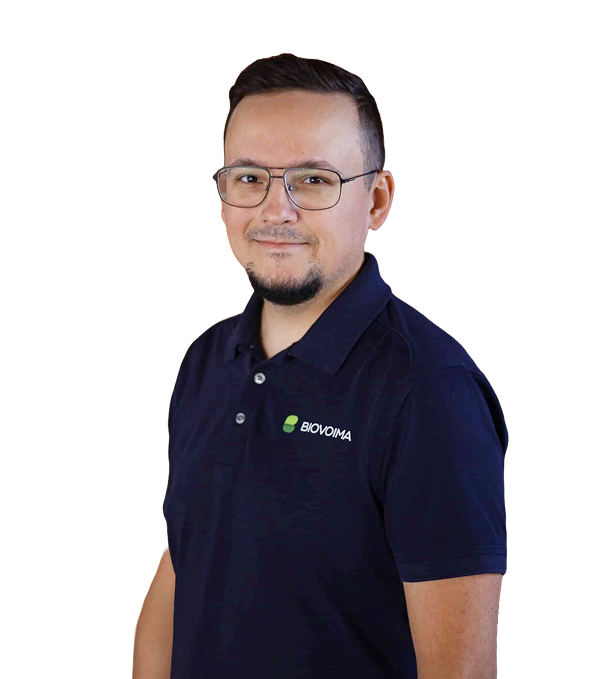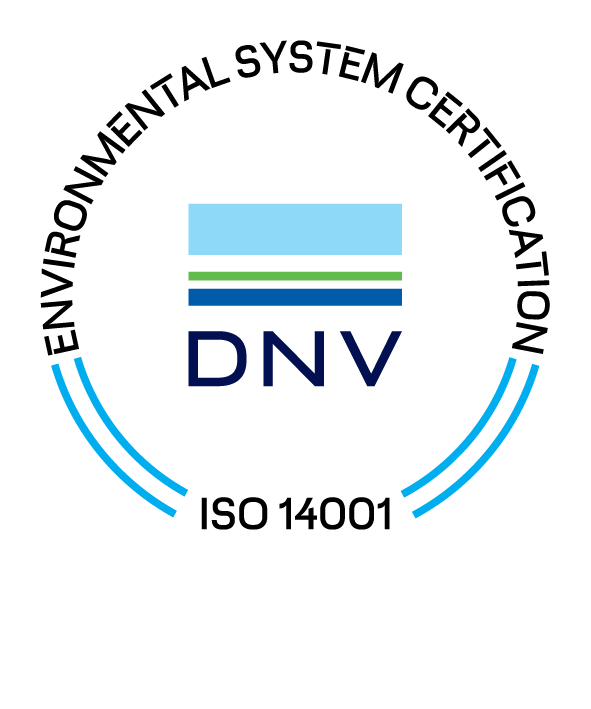


The final product of a biogas plant, the treatment residue, or digestate, is often separated into dry and liquid fractions, which improves its potential for further processing and use as fertiliser. Most of the important nutrients in the treatment residue, nitrogen and potassium, are bound in the separated liquid fraction, making it an excellent fertiliser concentrate. As for phosphorus, most of it is typically bound in the separated dry fraction.
Biogas plants and a very common separation technology used in agriculture is the screw press, a reliable and efficient mechanical separation method. The efficiency of separation can be adjusted to suit different feed materials, for example by adjusting the size of the sieve. The screw press typically achieves (depending on the feed) a dry solids content of about 40 % solids.
Other separation techniques for more challenging applications include:
The separator technologies represented by Biovoima come from reliable manufacturers with experience in drying biogas treatment residue from biogas plants.
The residue from the biogas plant has significant value as a fertiliser. This is particularly important in dry digestion plants, where the nutrients in the feedstock are bound in a much smaller volume of liquid than in a wet plant, i.e. the nutrient content of the fertiliser is higher.
The processing residue can be used as such, or:
The use of the processing residue as fertiliser (and its organic status) depends on the biogas plant feedstock and local legislation in each country.


© 2025 Biovoima
Privacy policy
